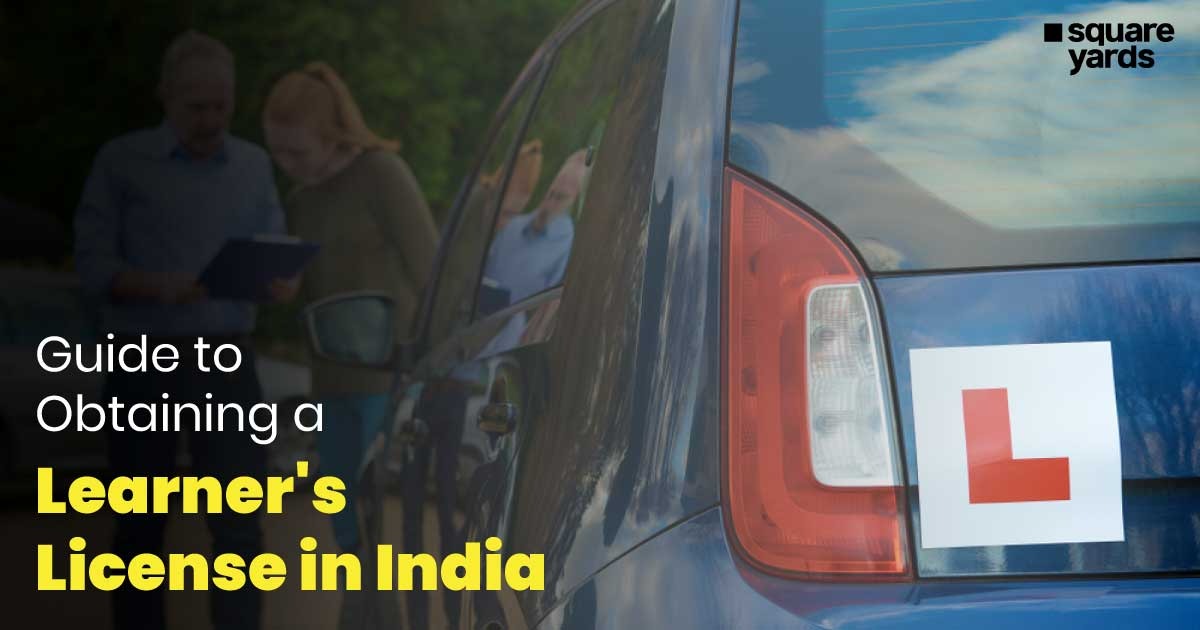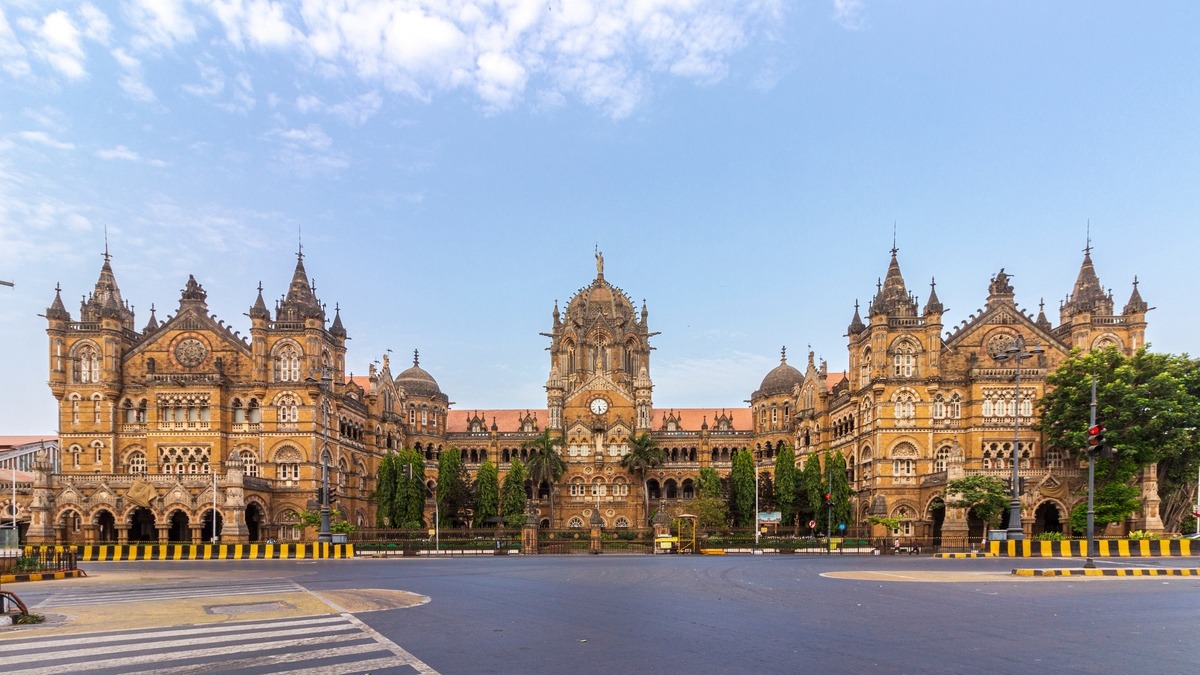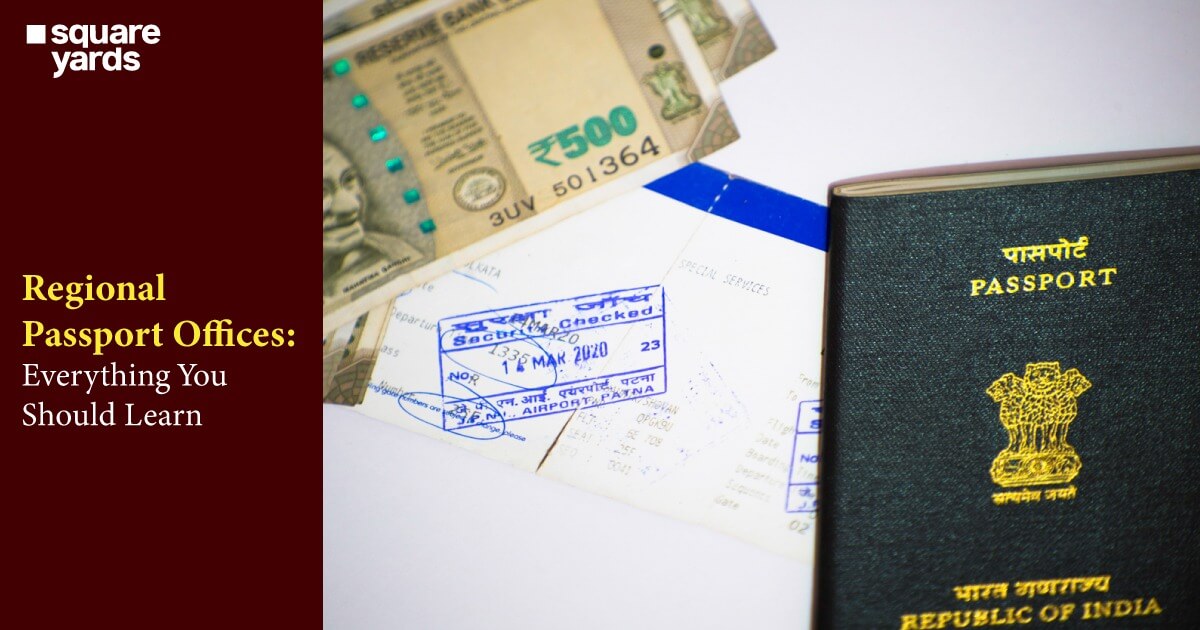A learner’s license is issued to individuals still learning to drive. A license is crucial during learning, as driving without one is against the law. You can apply to obtain a learner’s license at the Regional Transport Authority/Office (RTA/RTO) nearest you. Once you’ve learned to drive, you can learners-license for a permanent license when you turn 18. The application for a permanent license can be made 30 days after obtaining a learner’s license. If you’re under 18 but older than 16, you can still get a learner’s license, valid for six months.
Table of contents
- Learner’s Licence in India – Definition
- The Different Types of Learner’s License in India
- Documents Required for learner’s licence in India
- Cost of the Learner’s Permit
- How Does One Apply for a Learner’s Licence Online in India?
- How Does One Apply for a Learner’s Licence Offline in India?
- The Test Process for Obtaining a Learning Licence
- How Long Does it Take to Obtain a Learner’s Permit in India?
- FAQ’s about Learner’s License in India
Learner’s Licence in India – Definition
A learner’s license in India includes personal information such as the learner’s name and age, a photo, and a rubber stamp bearing the signatory authority’s signature. It identifies itself as a learner’s license and specifies the type. It’s important to note that having a driving license is a legal requirement for driving in India. The initial and crucial step toward obtaining a driving license is acquiring a learner’s license. This document is issued by the Regional Transport Office (RTO) by the Motor Vehicles Act (1988), which mandates that individuals must possess a driving license to operate a vehicle on the roads.
The Different Types of Learner’s License in India
In India, there are different types of learner’s licenses based on the type of vehicle one intends to learn to drive. The main categories include:
LL for Motorcycles without Gear (MCWOG)
This kind of learner’s licence is intended for people who want to learn how to ride motorcycles without gears, also called scooters or mopeds. It can be applied to two-wheelers with engines up to 50cc. There are certain guidelines that learners must follow, like staying off of fast-moving roadways and riding with a pillion.
LL for Motorcycles with Gear (MCWG)
One must have an MCWG Learner’s Licence to ride a motorbike with gears. It applies to motorcycles bigger than 50cc engines. Students must practise riding carefully and adhere to the laws and guidelines unique to motorbikes.
LL for Commercial Vehicles (CMV)
A learner’s licence for commercial vehicles is required for drivers who want to operate vehicles such as buses, taxis, freight carriers or autorickshaws. With the help of this licence, they can practise and learn how to drive these kinds of cars, allowing them to acquire the abilities and information needed for responsible and safe commercial driving.
LL for Light Motor Vehicles (LMV):
This learner’s licence applies to vans and cars. It allows people to become certified drivers of non-commercial vehicles up to a certain capacity. Learners must be accompanied by someone with a current driver’s licence for the appropriate vehicle class.
Check out the table below for a better understanding:
| Usage | LL Class | Vehicle Type |
| For individual use | FVG | Motorbikes with no gears and any engine capacity, similar to scooters and mopeds, as well |
| For individual use | MC 50CC (Motorcycle 50 cc) | Bikes with engines 50 cc or less in capacity |
| For individual use | LMV – NT | Light-duty vehicles that are not utilised for transportation. |
| For individual use, | MCWG or MCWG.WG | Every kind of motorbike, even those equipped with gear |
| For individual use | MC EX50CC | Motorcycles with a 50 CC or higher capacity, motorbikes equipped with gear, and light motor vehicles (LMVs), such as automobiles |
| For Economic Purposes | HPMV | Every India licence plate for automobiles, trucks, or heavy motor vehicles (passenger) |
| For Economic Purposes | HGMV | Heavy-Duty Vehicles |
| For Economic Purposes | LMV – TR | LMV works in the business sector. |
| For Economic Purposes | MGV | Medium-sized Car |
| For Economic Purposes | LMV – NT | Lightweight automobile used for non-transportation |
Documents Required for learner’s licence in India
The requirements for obtaining a learner’s license in India may vary by state, so it’s essential to check with the local Regional Transport Office (RTO) for the most accurate and up-to-date information. However, here are some general documents and requirements that are typically needed:
Age Proof
- PAN Card
- Birth Certificate
- Passport
- 10th Marksheet
- Transfer Certificate from the school
Address Proof
- Passport
- eAadhar Card
- Ration Card
- LIC Policy Bond
- Electricity Bill
- Registered House Rent Agreement
- Telephone Bill
- Recent Utility Bills
Other Documents
- Six recent passport-size photographs
- Medical Certifications attested by a certified government doctor.
- The filled form can be obtained from the nearest RTO office.
- Application fees for Learner’s Licence.
Learner’s Licence Form
- Exemption from Medical Test
- Driving School Certificate
- Blood Group
- Type of Indian Citizenship
- Educational Qualification
- Personal details
- Previous Driving License
Cost of the Learner’s Permit
For one car, there is an application fee of Rs 200. Candidates are required to pay when submitting their application and supporting materials.
Dont miss It!
| mparivahan | Download mParivahan App |
| Parivahan Application Status | Check DL Application Status |
| Parivahan Sewa | Parivahan Sewa Registration |
| Sarathi Parivahan | Sarathi Parivahan Registration |
| UP Parivahan | UP Parivahan Registration |
| eChallan Haryana | Pay e-Challan Haryana Online |
| Vahan 4 Status | How to Check Vahan 4 Status? |
| cChallan UP | Pay eChallan UP Online |
| Driving Licence Download | How to Download Sarathi DL Online? |
| Parivahan MP | MP Parivahan Registration |
| Parivahan Gujarat | Gujarat Parivahan Registration |
| Parivahan Maharashtra | Maharashtra Parivahan Registration |
How Does One Apply for a Learner’s Licence Online in India?
The steps in acquiring an online learner’s licence in India may differ slightly depending on the state or union territory. However, the following actions are part of the basic procedure.
- Visit the official webpage.
- Click the ‘Online Services’ tab that is displayed on the website.
- From the drop-down option, select “Driving Licence Related Services.”
- Choose your state of residence from the list.
- On the page that is redirected, select the ‘Fee/Payments’ tab.
- Input all necessary information, including your name, father’s name, postal code, district, and Aadhar card number.
- Send in all necessary scanned copies of your proof of address and age.
- Choose “To compute fees, click this link.
- Select the appropriate payment gateway from the list of choices, then pay the necessary amount.
How Does One Apply for a Learner’s Licence Offline in India?
- Fill out the application with your essential information and visit the RTO office.
- Place photos in the appropriate places.
- Please affix all supporting documentation for your proof of address and age.
- Kindly ask the RTO representatives to set up the timing and date of your licence exam according to your preference.
- Attend the test at the specified time and day.
- The RTO office will send Your learner’s licence to your permanent address if you are approved for the exam.
- The instructor at a reputable driving school will assist you in obtaining a licence if you have signed up for driving lessons.
The Test Process for Obtaining a Learning Licence
An online or offline test must be taken to assess the candidates’ understanding of traffic laws and regulations.
- The candidates must arrive 30 minutes early for the exam at the test location.
- You must bring a confirmation receipt if you take the exam online.
- The candidate must answer all multiple-choice questions, which applies to online and offline exams.
- You can apply for a permanent driver’s licence if you pass the test. It must be applied within 30 days of receiving your learner’s licence. Before taking the test, you must also pay the test fees.
- Remember that you have 180 days from your learner’s licence date to apply for a permanent driving licence.
- If you were not eligible for the initial test, you could return for another try a week later.
How Long Does it Take to Obtain a Learner’s Permit in India?
The applicant will need to take a learner license test after document verification. A colour blindness examination and limb motions are performed before the learner test. A computer-based multiple-choice objective test is administered, with the winner being the one who correctly answers 60% of the questions.
The applicant receives their learner’s licence that same day. Six months pass after the licence is issued for the Learner’s licence.
Conclusion
Obtaining a learner’s license in India is a standard process that involves submitting necessary documents, proving age and address, and passing a theoretical test on road rules. The specific requirements may vary by state, so it’s essential to check with the local Regional Transport Office (RTO) for accurate and up-to-date information. Being well-prepared with the required documents and knowledge of traffic rules is key to successfully obtaining a learner’s license.
FAQ’s about Learner’s License in India
Q1. How can I get a learner's license in India?
Go to the RTO office that is closest to you and turn in the application. Request a specific day and time for the learner’s licence exam from the RTO staff. Attend the exam at the specified time and date. Your permanent address will receive the learner’s licence upon passing the exam.
Q2. Can I drive alone with a learner's license in India?
No, a learner license holder can not drive alone, they need to be assisted.
Q3. Is a learner license valid all over India?
Yes, a learner license is valid throughout India.
Q4. How many times can a learner's licence be renewed in India?
A learner’s licence is valid for six months, after which only fresh licences may be obtained. The licence that has expired cannot be renewed.










































